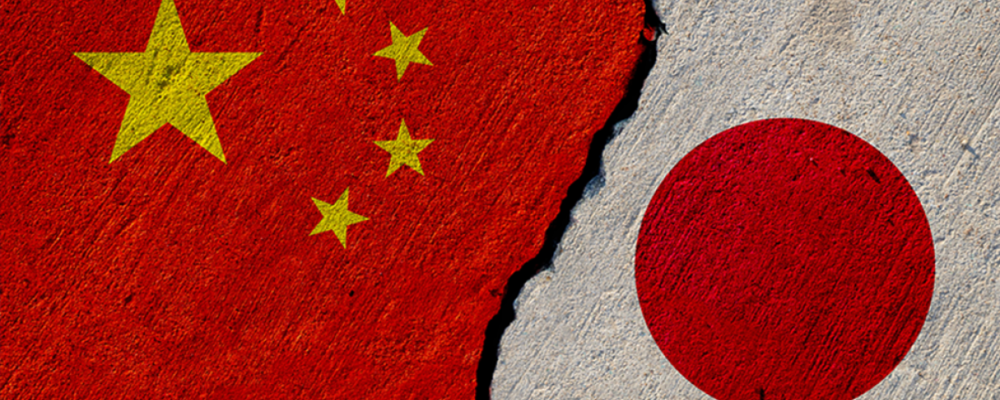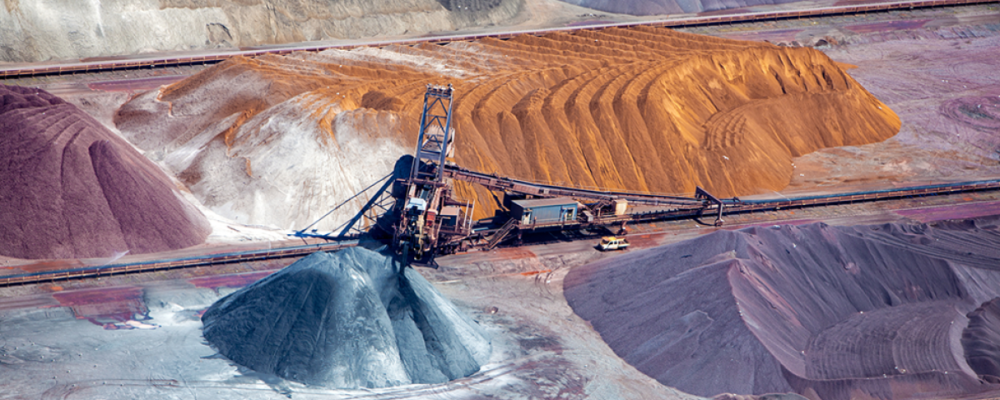What makes this transition even more complicated is that it coincides with both a growth crisis and a crisis of confidence: a kind of price that must be paid to clean up after past excesses, with an overinvestment bubble – notably in real estate – in the process of deflating. With volumes (of transactions and new construction starts) having adjusted sharply, prices are now falling. Faced with this deflationary spiral and its negative impact on household wealth, with the average household having 70% of its wealth invested in real estate, the authorities have announced a series of measures mainly aimed at supporting the real estate sector: a new fund to enable cities to directly buy up vacant homes, less stringent conditions on property ownership, liquidity injections to support developers and banks, and a cut in interest rates on existing and new mortgages to restore some purchasing power to households. The goal is to reinstill confidence in the economy in order to prompt people to stop waiting for the right time to invest and encourage them to spend money and buy property rather than save and pay off debt. However, the process of absorbing the stock of built and unbuilt properties resulting from years of overbuilding and speculative excess, and of reassuring households stung by the Covid crisis and the sluggish labour market, particularly for young people, will no doubt be a long and painful one.
Amid this lacklustre domestic environment, China must also contend with the emerging threat of protectionism. The United States and Canada have both announced higher import tariffs on steel, aluminium and electric vehicles. But the biggest blow has come from the European Union, which has confirmed substantial hikes in import tariffs on electric vehicles, set to range from 25% to as high as 45% for the least cooperative Chinese manufacturers. In response, China has proposed entering into negotiations with the EU over volume caps and minimum prices on vehicles. Scalded by its previous experience with solar panels, which were also subject to quotas in 2013 before European production was wiped out by Chinese competition, the Commission has not taken up this offer, though negotiations remain open.
At this stage, China is still relying on foreign trade to support its industrial production. And therein lies the problem: the more China’s economy slows, the less domestic production the country absorbs, and the more it needs the rest of the world as an export market for its surplus output. But its partners and commercial rivals are no longer willing to trade jobs for cheap products. Trapped in this vicious circle, China has no other choice than to radically reform its economy… but is struggling to do so.
With China going through a difficult period, hopes were high that July’s Third Plenum – traditionally devoted to economic affairs – would map out a new course.
In the end, no reforms of any consequence were announced, though there was one new measure: VAT will now be collected directly at the local level by provinces and local authorities. This is an important development because it reflects two structural changes. The first is the substantial reduction in local authorities’ own resources. In the past, local authorities derived most of their income from selling land, so this also spells the end of a taxation model based on real estate development. The second is the decentralisation of fiscal policy, with central government committing to be more transparent and generous with China’s provinces, which have borne most of the cost of investment over the past two decades and carry huge amounts of debt. The fact remains that the tax burden is relatively low in China and reforms that have been under discussion for years (e.g. the introduction of a property tax) are still not moving forward.
A second reform is also underway, of pensions. With its system more or less unchanged since the 1950s and its population ageing fast, China has resolved to raise the legal retirement age. To avoid fanning the flames of social discontent, the reform will enter into force in 2025 and be phased in over 15 years, with the retirement age rising from 60 to 63 for men and from 55 to 58 for women (50 to 55 for women in manual jobs). The number of years’ contributions needed to qualify for a pension will also increase from 15 to 20, a move that will mainly penalise migrant workers, who are often undeclared.
This unpopular reform also reflects the inescapable truth that China’s management of its population has been disastrous, starting with the introduction of the one child policy, the easing and subsequent abandonment of which have failed to revive the country’s flagging birth rate. This population decline, which has prompted Chinese households to hoard cash for their retirement, runs counter to the goal of shifting to a more self-sustaining growth regime, which means China’s dreams of power depend on making technological leaps and decoupling Chinese technology.
“Crédit Agricole Group, sometimes called La banque verte due to its historical ties to farming, is a French international banking group and the world’s largest cooperative financial institution. It is France’s second-largest bank, after BNP Paribas, as well as the third largest in Europe and tenth largest in the world.”
Please visit the firm link to site






